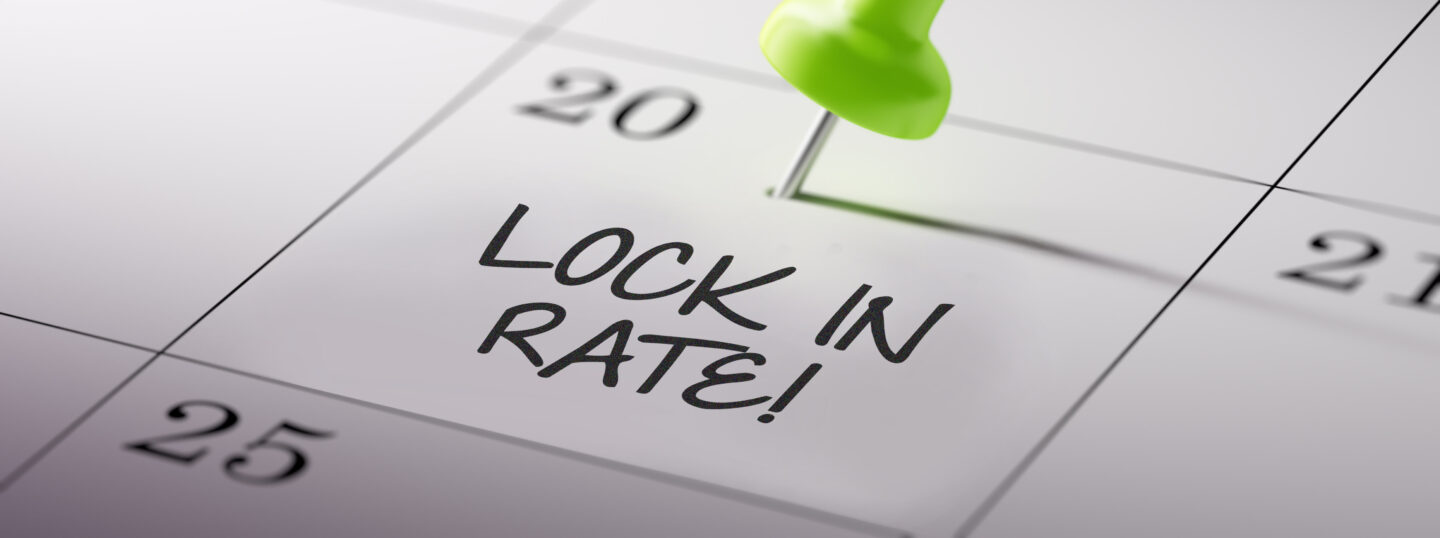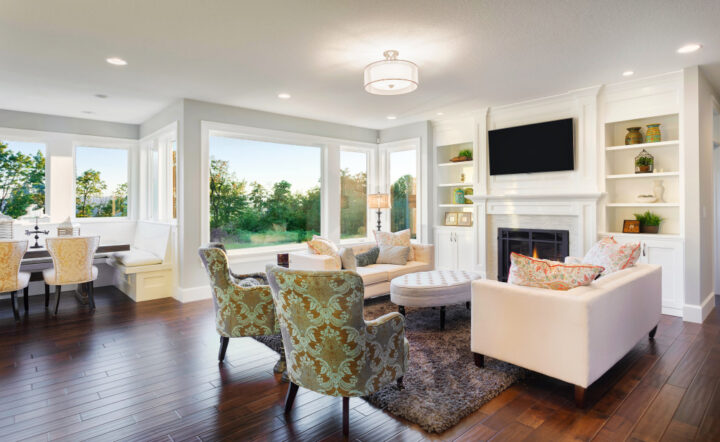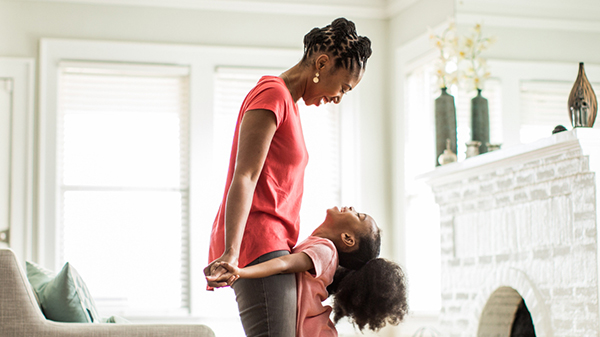Mortgage Rate Lock: When Do I Lock In My Interest Rate?
With interest rates that change constantly, it's hard to tell when in the home-buying process you should lock in your mortgage rate. Here's a few tips that can help you decide.

Written by Chris Sessions on July 24, 2024
In this article:
- For most home shoppers, it's best to lock in your rate after your sign a purchase agreement.
- Don't lock too early -- If your loan doesn't process within your lock period, you'll lose the rate.
- It pays to shop around when looking for rates. Rate lock fees can vary from lender to lender.
What is a Mortgage Rate Lock?
A mortgage rate lock is a guarantee from a mortgage lender that they will give a mortgage loan applicant a certain interest rate, at a certain price, for a specific time period. The price for a mortgage loan is typically expressed as 'points' paid to obtain a specific interest rate. Points are basically prepaid interest, so the more points you pay, the lower the interest rate; 1 point equals 1 percent of the loan amount.
How Does a Mortgage Rate Lock Work?
A mortgage rate lock protects the borrower from rising interest rates: So, if the borrower locks in a rate of 4 percent, he will only have to pay 4 percent interest even if rates rise while he's going through the loan application process.
How Long Can You Lock in a Mortgage Rate?
Usually, a rate lock is good for 30, 45 or 60 days, though that time period can be shorter or longer; once that period expires, the borrower is no longer guaranteed the locked-in rate unless the lender agrees to extend it.
Should you Choose a Longer Mortgage Rate Lock Period?
All things being equal, home buyers should choose a longer rate lock period (these usually range from a few weeks to 60 days) to ensure they can get the agreed upon rate even if there are delays in processing the loan. But there's a catch: Sometimes if you pick a rate lock with a longer duration (say 90 days) the interest rate won't be as good as with a shorter duration rate lock period, or the lender may charge a fee for this longer duration.
Normally if a loan fails to close within its lock period, the borrower will be charged the 'worst case scenario' price for a re-lock (the worst price between the original lock and the current interest rate). Ask your lender to spell out the differences in cost and rates for different duration periods.
What Happens if the Rate Goes up or Down After you Lock in the Rate?
If interest rates rise during your lock-in period, you will not be impacted -- you will still pay the lower rate that you locked in. If, however, you lock in a rate but then rates drop, you typically will not be able to take advantage of those lower rates; instead, you'll pay the higher rate that you locked in. There are some exceptions to this:
- If you have a 'float down' provision -- which states that if rates drop during the rate lock period, the borrower can take advantage of the lower rates -- in your written rate lock agreement, you should be able to get a loan with the lower interest rate. (But beware -- putting this provision in your agreement can be costly, so you need to think about how big of a risk falling interest rates might be to you).
- You can rewrite your rate lock so that it reflects the new, lower rate, but this, too, can prove costly.
Check today's mortgage rates on Zillow
When Should you Lock in Your Rate?
For most people, it makes sense to first sign a purchase agreement on a specific property before trying to lock in a mortgage rate. Then, find a mortgage loan with a good interest rate and consider asking your lender to (in writing) lock in the rate. But before you formalize the rate lock, consider these things:
- Don't lock in the rate too early: Mortgage rate locks are usually only good for between a few weeks to 60 days, so if your loan doesn't process within that period, your rate lock offer will no longer be good.
- Ensure your lender has enough time to process the loan: ask the lender to share the average loan processing time and try to get the lender to lock-in your rate for as long as possible to protect yourself.
Does it Cost Money to Lock in Your Rate?
Sometimes mortgage rate locks cost money and sometimes they don't. The rate lock fee may be a flat fee, a percentage of the total mortgage amount or added into the interest rate you lock in. The fees may be refundable or non-refundable.
Typically, short-term rate locks (those less than 60 days) are free or cost roughly up to about 0.25 - 0.50 percent of the total loan, or a few hundred dollars. Lenders typically charge more for longer-term rate locks.
Read to take the next step on your home buying journey? Check out our loan options at Zillow Home Loans or take the first step towards getting a mortgage.*
*NMLS #10287
How much home can you afford?
At Zillow Home Loans, we can pre-qualify you in as little as 5 minutes, with no impact to your credit score.
Zillow Home Loans, NMLS # 10287. Equal Housing Lender
Get pre-qualifiedHow much home can you afford?
See what's in reach with low down payment options, no hidden fees and step-by-step guidance from us at
Zillow Home Loans.
Zillow Home Loans, NMLS # 10287. Equal Housing Lender
Calculate your BuyAbility℠



